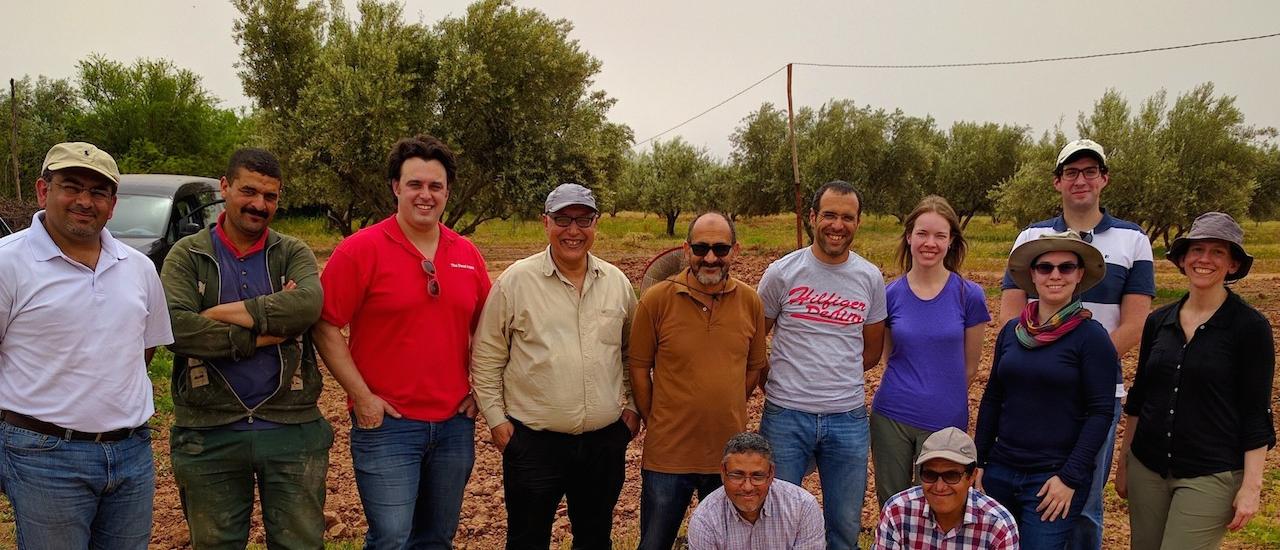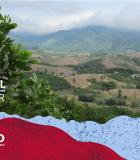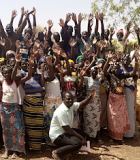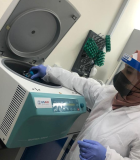Throughout the Middle East and North Africa (MENA) region, fresh water is being consumed faster than it is being replenished. Irrigation accounts for most of this use. Unlike traditional flood-style or rain-fed irrigation, drip irrigation delivers controlled amounts of water directly to each plant through a series of tubes and emitters. This can reduce agricultural water consumption by 30 to 60 percent and increase crop yields by 20 to 50 percent, yet only 27 percent of the irrigated cropland in MENA countries uses the technology. For the small-scale farmers who make up the bulk of agricultural producers in the MENA region, the cost of a drip system and the cost to run it are often barriers to making the shift from traditional to drip irrigation.
A new USAID partnership is working to bring down these costs for farmers. Researchers at the Massachusetts Institute of Technology (MIT) have developed a more efficient design for emitters, the small components that actually release the water in a drip system, which promises to dramatically cut the amount of energy needed to run a system. MIT researchers are now testing this new design in Morocco and Jordan.
Click here to read the full article in USAID's Global Waters magazine.






